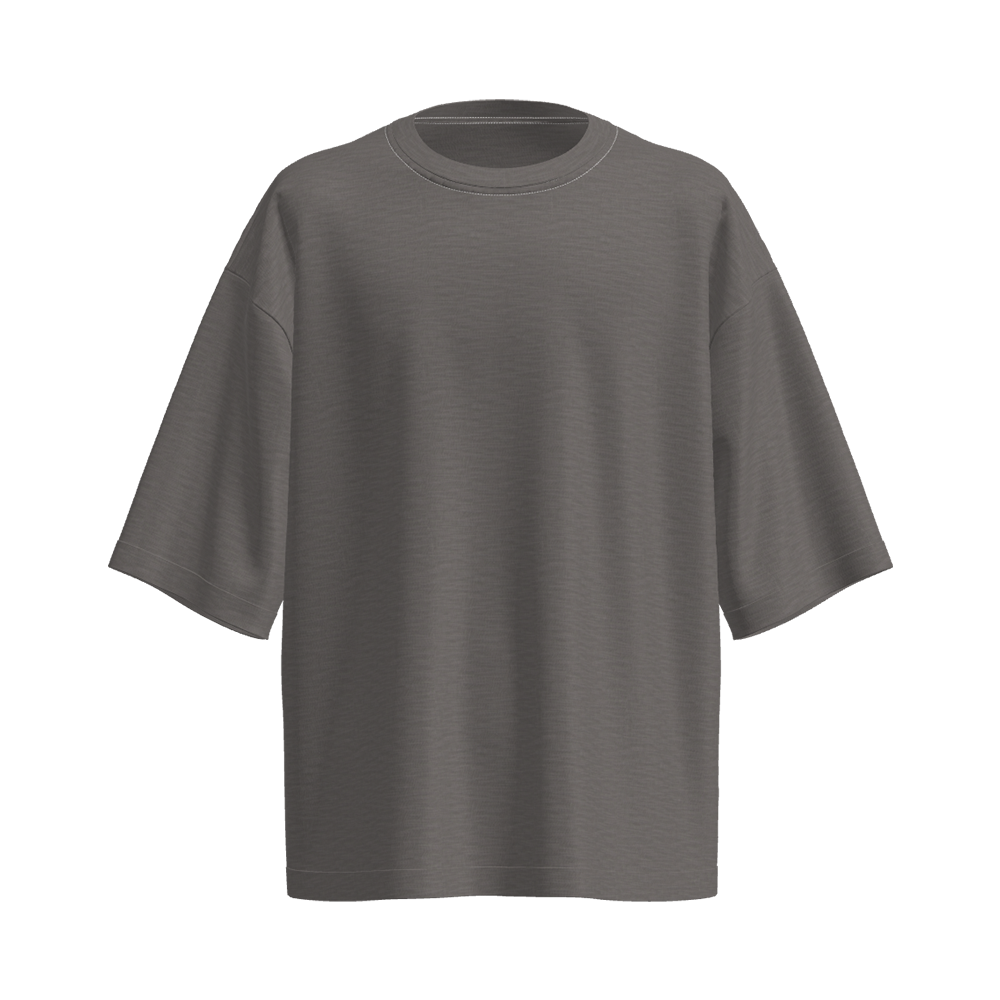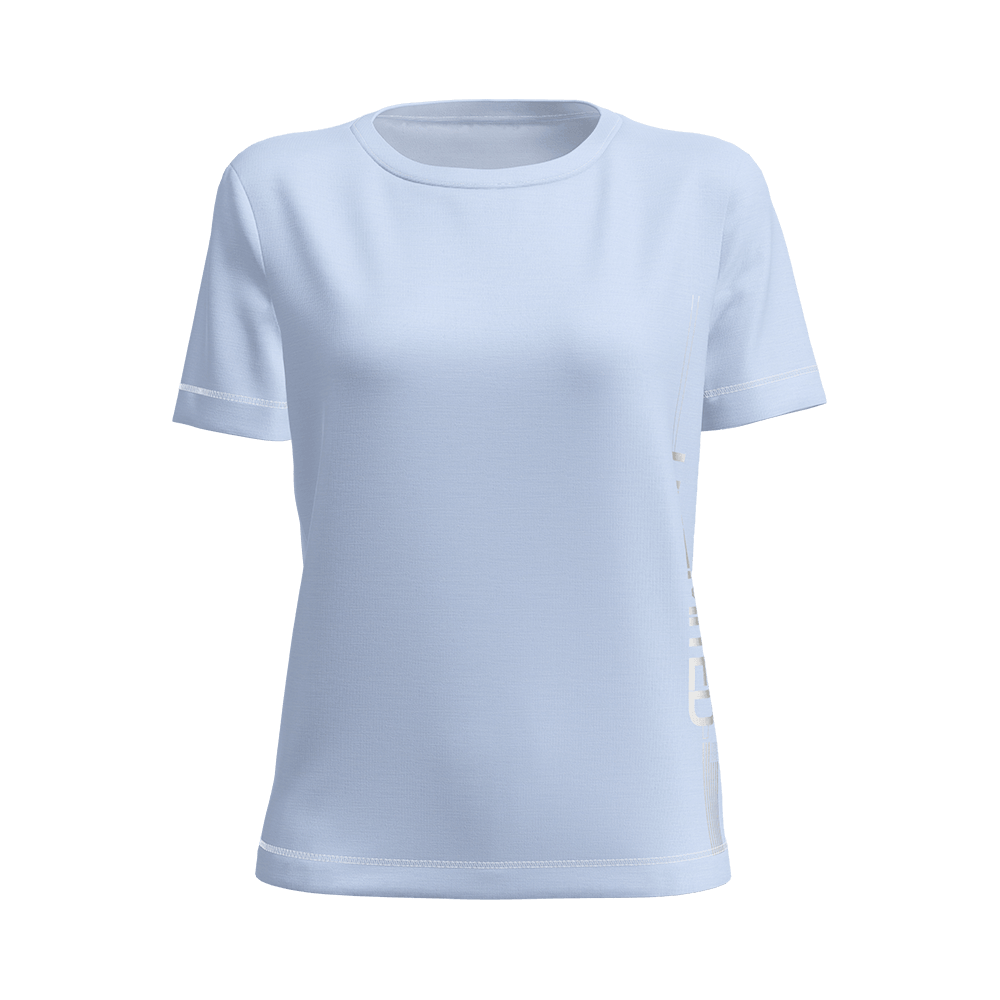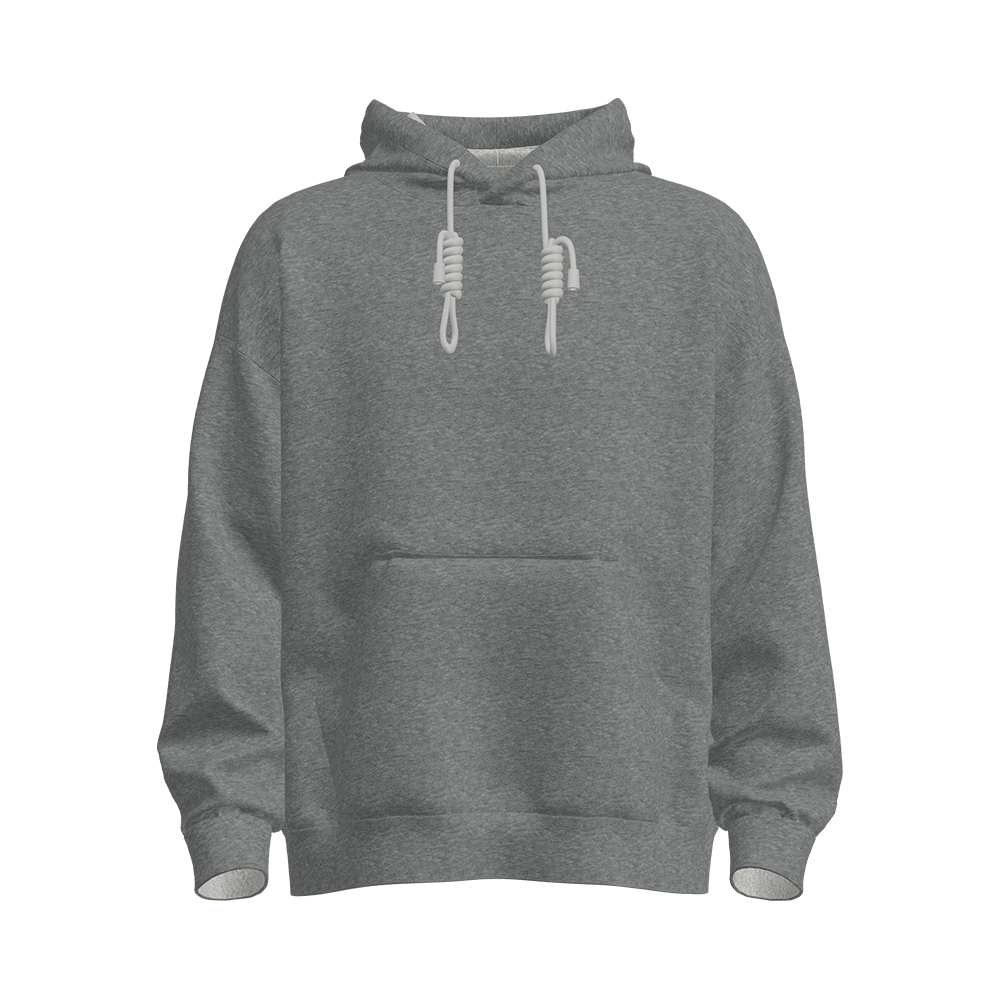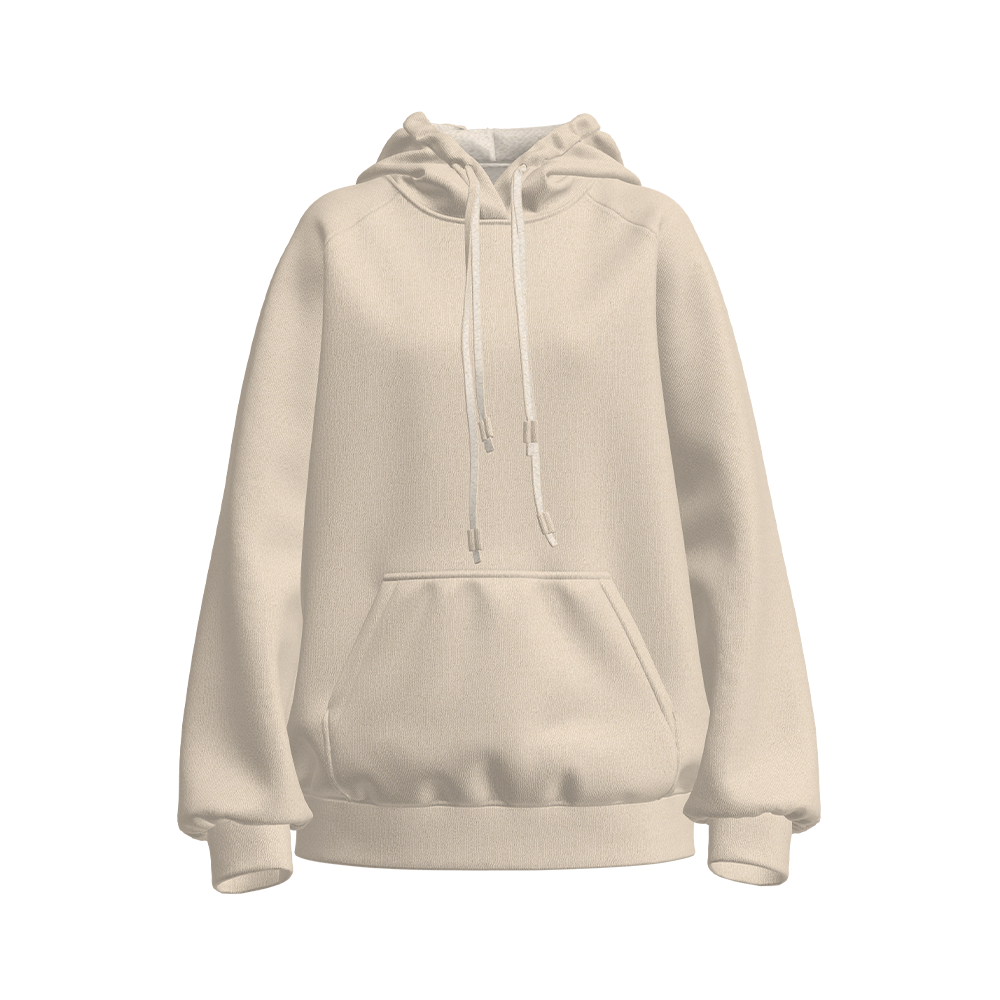
R/S vs. Rotatory vs. Flatbed Printing: What Makes Digital Print Unique?
In the dynamic world of textile manufacturing, the method of applying patterns to fabric is a critical decision that influences design possibilities, production efficiency, and market viability. For wholesalers and buyers sourcing materials for fashion, sportswear, and home furnishings, understanding these distinctions is paramount. Among the various options, the rise of r/s digital print single jersey fabric represents a significant shift in production paradigms.
Introduction: The Printing Landscape in Modern Textiles
The application of pattern and color to fabric is one of the oldest and most fundamental processes in textiles. Historically, methods were manual and limited in scope. The industrial revolution introduced mechanized printing, such as rotatory printing, which dominated mass production for decades. The late 20th and early 21st centuries have witnessed a technological revolution, bringing forth flatbed and then digital printing systems. Each of these technologies operates on different principles, offering a distinct set of advantages and limitations. The choice between them is not merely a technical consideration but a strategic one, impacting everything from initial design to final product delivery. The growing popularity of r/s digital print single jersey fabric is a direct response to the evolving demands of the market for greater customization, faster turnaround, and superior print quality. This fabric combines the comfort and stretch of single jersey construction with the precision of digital inkjet technology, finished with a resin-softened treatment for an enhanced hand-feel and durability. As we delve into the specifics of each printing method, the factors driving the adoption of digital printing for such fabrics will become clear.
An In-Depth Look at Rotatory Printing
Rotatory printing, also known as rotary screen printing, has been the workhorse of the textile printing industry for high-volume orders. This process involves engraving a separate cylindrical screen for each color in the design. The fabric is fed continuously under tension through a large machine where these screens rotate, and paste-like pigment or dye is forced through the fine mesh of the screen onto the fabric. The process is continuous and exceptionally fast, capable of producing thousands of meters of printed fabric per hour.
The primary strength of rotatory printing lies in its economies of scale. Because the cost of creating the screens is fixed and substantial, this method becomes cost-effective only when spread over a very large quantity of fabric. The per-meter cost decreases significantly as the order volume increases. This makes it the traditional go-to method for large-scale production of standardized patterns, such as those used in basic garment lines or home textiles where the same design is run for an entire season.
However, this method has significant constraints. The setup cost and time are considerable, as each color requires a separately engraved screen, which is both expensive and time-consuming to produce. This inherently limits the design complexity; designs with a vast number of colors or very fine, photorealistic details are often not feasible or are prohibitively expensive. Furthermore, any design change, no matter how minor, requires the creation of a completely new set of screens, rendering the system highly inflexible. For a buyer considering a r/s digital print single jersey fabric, the rotatory method would be unsuitable for short runs, complex designs, or products requiring rapid iteration. The process can also apply more paste to the fabric, which can affect the hand-feel—a critical characteristic that the subsequent resin softening treatment aims to perfect.
An In-Depth Look at Flatbed Printing
Flatbed screen printing, the predecessor to rotatory printing, is a semi-automated or automated process where the fabric is fixed on a flat table and screens are lowered onto it sequentially. Like rotatory printing, it uses a separate screen for each color. The ink is applied by a squeegee that moves across the screen, pushing the paste through the mesh and onto the stationary fabric. After each application, the fabric is moved, and the next screen is aligned and printed.
Flatbed printing is renowned for its ability to produce very high-quality, vibrant prints with excellent color opacity and saturation. It can handle a wider variety of fabric types and weights than rotatory printing, including more delicate or rigid materials that cannot easily pass through a rotary machine. It is often the preferred method for printing on finished garments or smaller pieces of fabric. The r/s digital print single jersey fabric offers a different value, but flatbed remains a strong contender for applications where heavy ink deposition and a specific tactile print quality are desired.
The drawbacks of flatbed printing are similar to those of rotatory, albeit often more pronounced in terms of speed and registration challenges. It is a relatively slow process compared to the continuous flow of rotatory printing. The repeated starting and stopping, along with the need for precise alignment (registration) of each screen, limit its production speed. This, combined with the high screen costs, makes it economically viable primarily for medium-volume orders or for designs where its specific quality of print is required. The repeat size is also limited by the physical dimensions of the screens and the printing table. For a dynamic market demanding quick responses, the lead times and cost associated with screen creation make flatbed printing a less agile option.
The Digital Print Revolution: Core Principles
Digital printing on fabric, often referred to as digital textile printing (DTP), is a non-contact printing technology that operates on a principle similar to a desktop inkjet printer. The design is created digitally and sent directly to the printer. The fabric is fed through the machine, and specialized print heads, moving back and forth, propel microscopic droplets of ink directly onto the textile substrate. There are no physical screens involved. This fundamental shift from an analog, contact-based process to a digital, non-contact one is what unlocks a new realm of possibilities, making the production of high-quality r/s digital print single jersey fabric not just possible, but practical and efficient.
The process begins with a digital file, which allows for an unlimited color palette. Unlike rotatory or flatbed printing, which are limited by the number of screens that can be practically and economically employed, digital printing can reproduce millions of colors in a single pass. This is achieved through a process of color management that blends Cyan, Magenta, Yellow, and Key (Black) inks, often supplemented with additional colors like light cyan and light magenta, or specialized colors like orange and green, to create an even wider gamut. The inks used are also specialized, including reactive, acid, disperse, and pigment inks, each suited to different fiber types. For cellulose-based fibers like cotton, which is common in single jersey, reactive inks are often used for their vibrant colors and excellent wash fastness.
The direct application of ink without screens is the cornerstone of digital printing’s flexibility. It eliminates the most time-consuming and costly steps in the traditional printing workflow: screen engraving and setup. This has a cascading effect on the entire production chain, enabling the unique characteristics that define the modern r/s digital print single jersey fabric.
Comparative Analysis: What Truly Sets Digital Printing Apart
To understand the strategic advantage of digital printing, a direct comparison with its traditional counterparts is essential. The uniqueness of digital printing is not defined by a single feature, but by a combination of factors that collectively address the needs of today’s fast-paced, customization-driven market.
Design Freedom and Complexity
This is arguably the most significant differentiator. Digital printing imposes no practical limits on the number of colors used in a design. Intricate patterns, photorealistic images, and subtle color gradients that are impossible or prohibitively expensive to achieve with screen printing are rendered with ease. This allows designers to work without constraints, unleashing creativity that was previously limited by production capabilities. For a buyer, this means the ability to source r/s digital print single jersey fabric with truly unique and complex artistic designs that can command a premium in the marketplace.
Cost-Effectiveness for Short Runs
The economic model of digital printing is inverted compared to traditional methods. Because there are no screen costs, the setup cost is virtually zero. This makes short production runs economically viable. The table below illustrates this fundamental economic shift:
| Printing Method | Setup Cost | Run-on Cost (per meter) | Ideal Order Volume |
|---|---|---|---|
| Rotatory Printing | Very High | Very Low | Very High (10,000m+) |
| Flatbed Printing | High | Low | Medium to High (1,000m+) |
| Digital Printing | Very Low | Moderate | Low to Medium (1m - 5,000m) |
This model is perfectly suited for the low moq fabric and short run textile printing markets. It enables test marketing, limited edition collections, and made-to-order business models without the burden of high initial investment.
Speed and Agility in Production
The lead time from a finalized digital design to a printed fabric roll is dramatically shorter. The elimination of screen production can reduce lead times from several weeks to a few days or even hours. This fast fashion printing capability is critical for brands that need to respond quickly to emerging trends. The entire process supports a faster time to market`, providing a significant competitive advantage. The agility of digital printing allows for on-demand production, reducing the need for large inventory and the risk of deadstock.
Superior Print Registration and Detail
The non-contact, precision-driven nature of digital printing ensures that every print is perfectly aligned, with no risk of misregistration that can occur in screen printing. The microscopic ink droplets allow for exceptionally fine details and sharp edges. This results in a consistently high-definition print across the entire length of the r/s digital print single jersey fabric, enhancing the perceived quality and value of the final product.
Sustainability and Waste Reduction
Digital printing is widely recognized as a more sustainable printing method. It is an on-demand process that prints only what is needed, drastically reducing fabric waste from setup and overruns. The ink consumption is also highly efficient, as ink is deposited only where required, unlike screen printing which often involves excess paste application. Furthermore, many digital inks, especially water-based reactive and pigment inks, have a lower environmental impact than the paste systems used in traditional printing. This aligns with the growing demand for sustainable textile printing from both consumers and regulators.
The Specifics of R/S Digital Print Single Jersey Fabric
Having established the overarching advantages of digital printing technology, it is crucial to focus on its application to a specific substrate: the r/s digital print single jersey fabric. This combination is particularly powerful, as the benefits of digital printing complement the inherent properties of the base fabric.
Single jersey is a knit fabric known for its comfort, stretch, and softness, making it a preferred choice for T-shirts, dresses, loungewear, and sportswear. However, its stretchy and sometimes slippery nature can present challenges for traditional printing methods, which require the fabric to be held under tension, potentially leading to distortion. Digital printers equipped with advanced feeding systems can handle single jersey with minimal tension, preserving the fabric’s integrity and ensuring the print pattern moves and stretches with the cloth.
The “R/S” designation stands for “Resin-Softened.” This refers to a finishing treatment applied to the fabric after printing and washing. The resin softening process enhances the natural hand-feel of the cotton or cotton-blend single jersey, giving it an exceptionally soft, smooth, and luxurious texture. This finish also improves the dimensional stability of the fabric and can contribute to the durability of the print itself. When combined with the high-definition capabilities of digital printing, the result is a premium product: a comfortable, soft-to-the-touch fabric adorned with a vibrant, detailed, and durable print. This makes r/s digital print single jersey fabric a highly sought-after material for brands looking to offer superior quality in their printed apparel lines. The search term soft hand feel jersey fabric directly correlates to the outcome of this resin-softened finishing process.
LATEST POST
Let’s create something amazing together
contact usDon't hesitate to contact when you need us!



 English
English 한국어
한국어 中文简体
中文简体









 +86-512-52528088
+86-512-52528088 +86-512-14546515
+86-512-14546515

